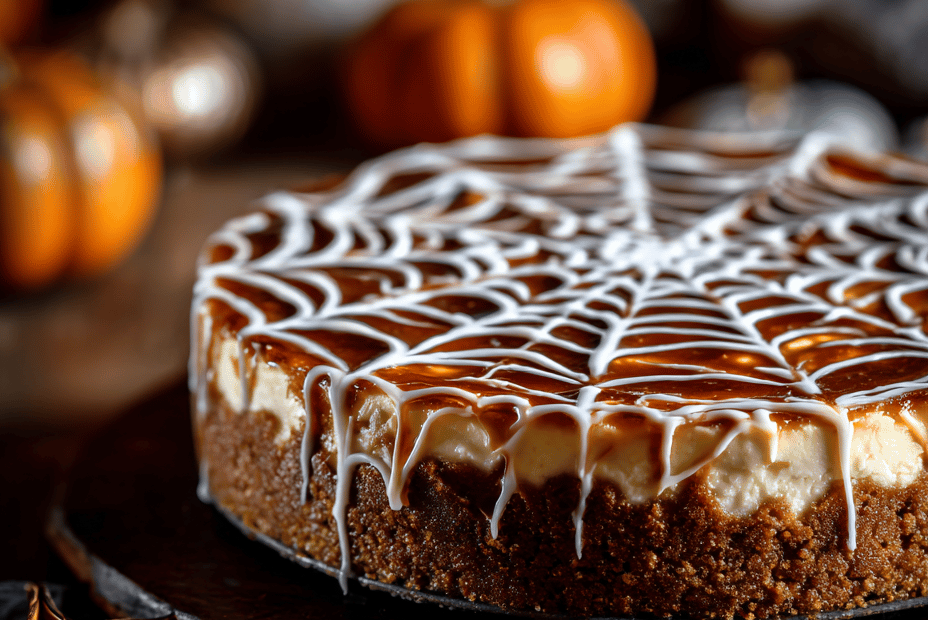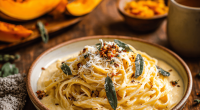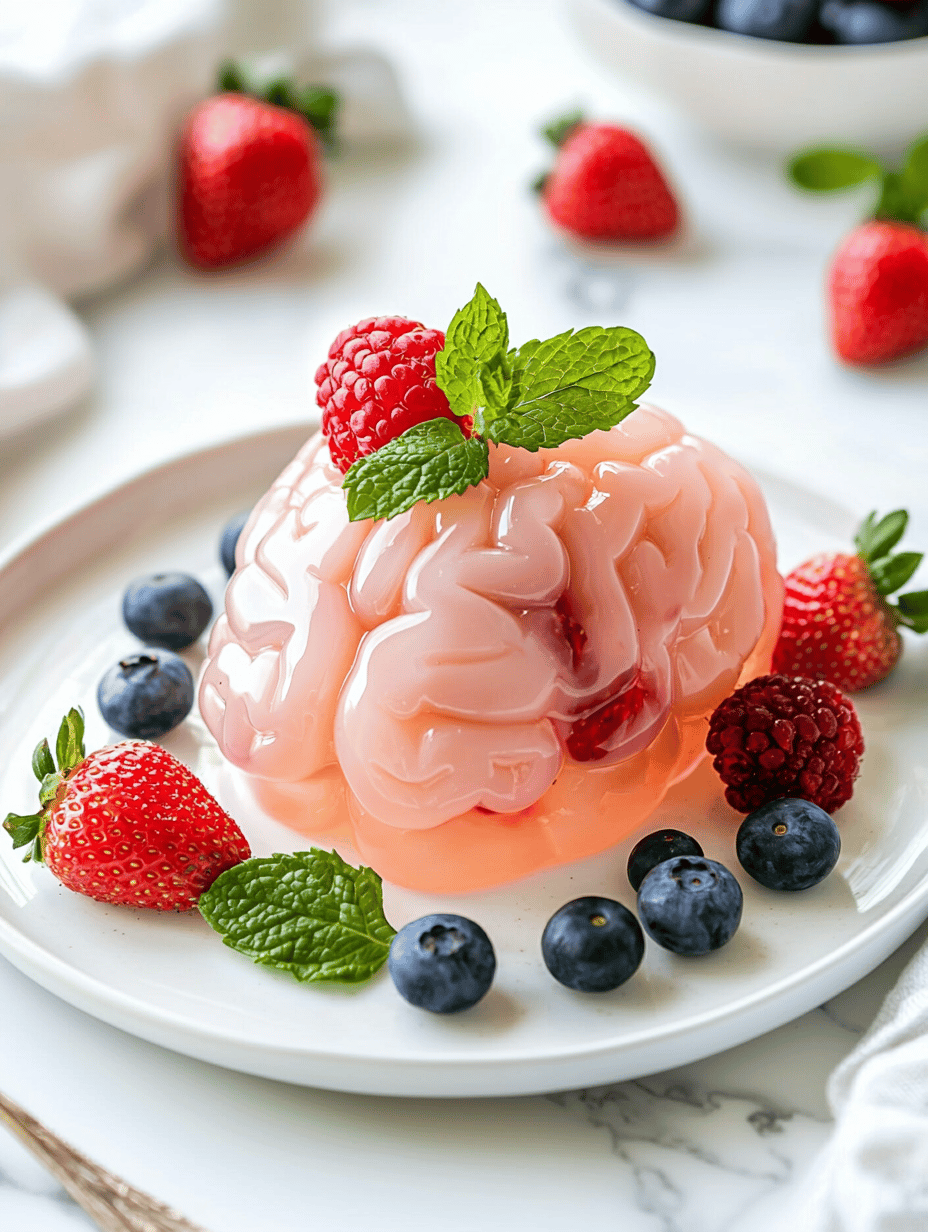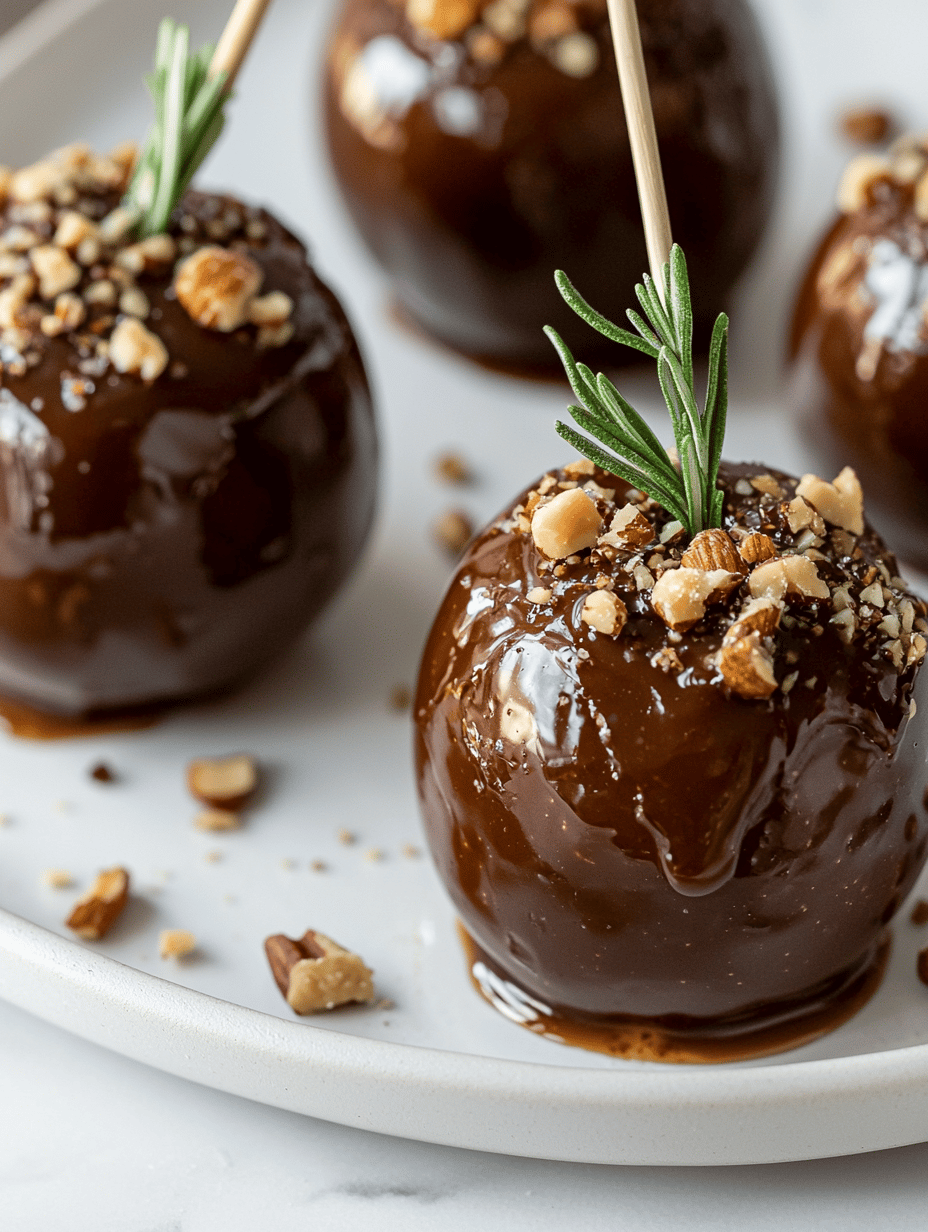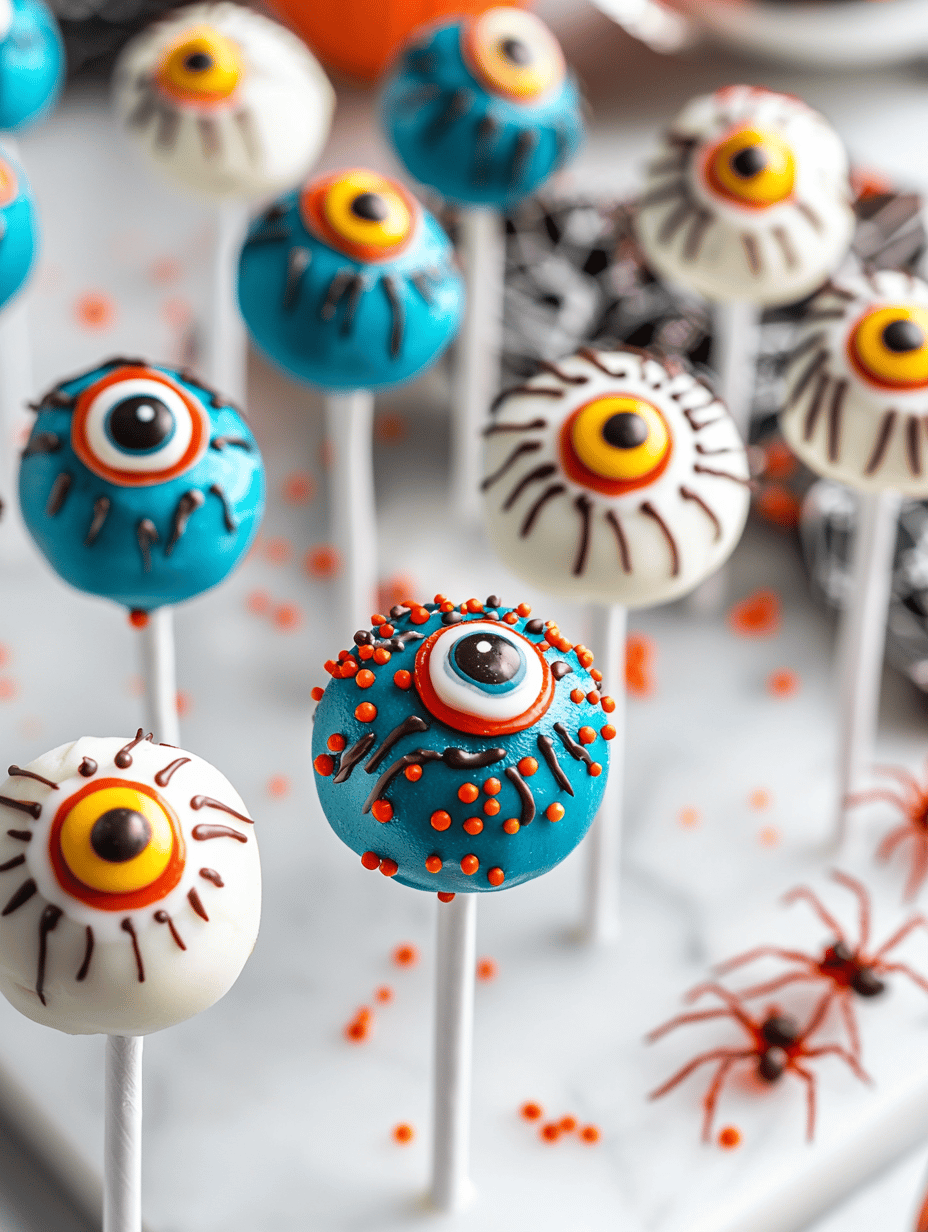Cheesecake always makes a splash at gatherings, but this spiderweb version throws a fun, spooky twist into the mix. I first made it for a Halloween potluck, and the web pattern was a hit even among the most skeptical dessert lovers. It’s a playful way to showcase your baking skills without needing fancy decorations.
Why I Keep Tying the Web Again and Again
The web pattern is a playful challenge—each attempt feels like a tiny victory. Plus, the contrast of smooth cheesecake and crisp chocolate gives a satisfying texture combo. It’s a reminder that desserts can be both beautiful and a little chaotic, just like real life.
Inside the Web: Ingredient Insights
- Graham crackers: Adds the crunch; use digestive biscuits if you’re outside the US.
- Cream cheese: The creamy core; full-fat for richness, low-fat if you prefer lighter.
- Sugar: Sweetens without overpowering; adjust to taste.
- Chocolate (dark or milk): For the web; opt for good quality to get that shiny finish.
- Vanilla extract: Enhances everything; a splash brightens the flavor.
- Butter: Binds the crust; unsalted keeps it from getting too salty.
- Eggs: Bind and set the filling; room temperature helps mix smoothly.
Tools of the Web-Creation Trade
- Springform pan: To easily remove the cheesecake without damaging the delicate edges.
- Mixing bowls: For combining crust ingredients and filling.
- Electric mixer or whisk: To achieve a smooth, creamy filling.
- Piping bag and tip: For piping the chocolate web precisely.
- Toothpick or skewer: To create the web pattern by dragging through melted chocolate.
Crafting the Spiderweb: A Step-by-Step Guide
Step 1: Preheat your oven to 160°C (320°F).
Step 2: Mix crushed graham crackers, melted butter, and a pinch of salt for the crust. Press into a 23cm (9-inch) springform pan.
Step 3: Beat cream cheese until smooth. Add sugar, vanilla, and eggs one at a time.
Step 4: Pour the filling over the crust. Bake for 50-55 minutes until the edges are firm but the center jiggles slightly.
Step 5: Let it cool in the pan for 30 minutes, then chill in the fridge for at least 4 hours or overnight.
Step 6: Create the spiderweb topping by piping melted chocolate in concentric circles, then drag a toothpick from center outward to form web-like lines.
Watching for the Perfect Finish: Tips & Tricks
- Edges should be lightly golden and set, with a slight jiggle in the center.
- Chocolate web should be shiny and crisp, not sticky or dull.
- The cheesecake should release easily from the pan without cracks or sticking.
Spiderweb Mishaps: Common Mistakes & Fixes
- Cracked edges or surface cracks.? FIRM CHEESECAKE — If it cracks during cooling, cover with extra web or fruit to hide cracks.
- Crust remains soggy or crumbly.? SOGGY CRUST — If the crust is too soft, bake it for an extra 5 minutes before filling.
- Web melts or loses shape.? MELTED CHOCOLATE NOT setting — If web is sticky, chill the chocolate for 10 minutes before piping.
- Irregular web pattern.? UNEVEN WEB — If lines are uneven, practice piping on parchment first, then pipe directly.
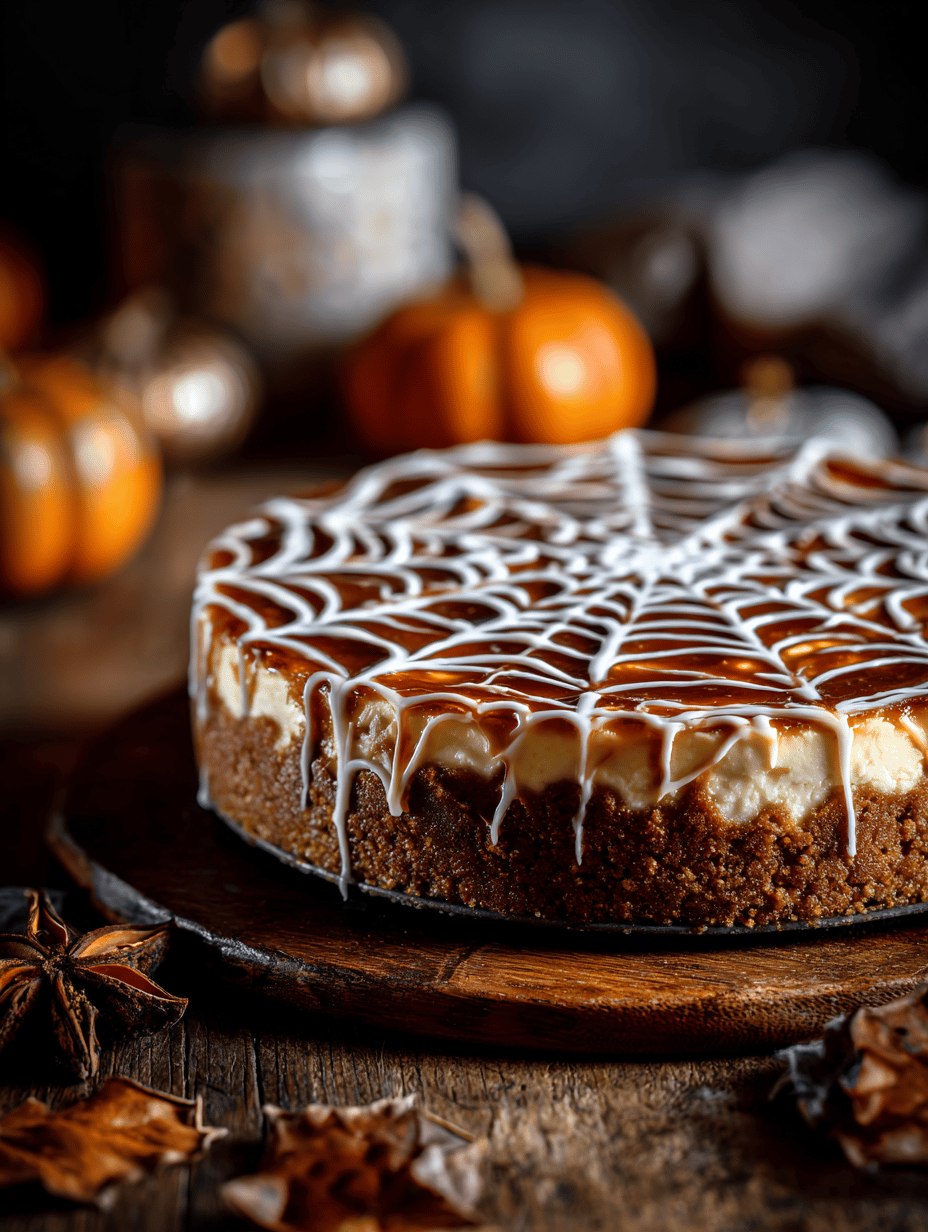
Spiderweb Cheesecake
Ingredients
Equipment
Method
- Preheat your oven to 160°C (320°F). Mix graham cracker crumbs with melted butter until well combined, then press this mixture evenly into the bottom of a 23cm (9-inch) springform pan to form the crust.

- In a mixing bowl, beat softened cream cheese until smooth and creamy, about 2-3 minutes. Add sugar and vanilla extract, then beat again until combined.
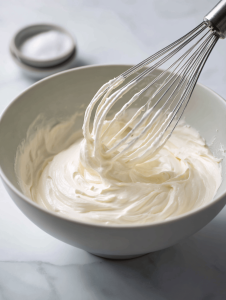
- Add eggs one at a time, beating just until each is incorporated before adding the next. The mixture should be smooth and silky.
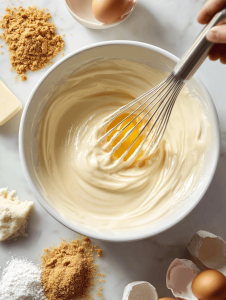
- Pour the cream cheese filling over the prepared crust, smoothing the top with a spatula. Bake for 50-55 minutes until the edges are set but the center still jiggles slightly when gently shaken.

- Remove the cheesecake from the oven and let it cool in the pan for 30 minutes. Then, transfer to the fridge and chill for at least 4 hours or overnight to set completely.
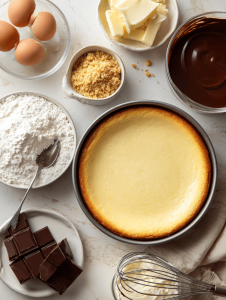
- Once chilled, melt the chocolate and pour or pipe it evenly over the top of the cheesecake in concentric circles. Allow the chocolate to set for about 10 minutes in the fridge.
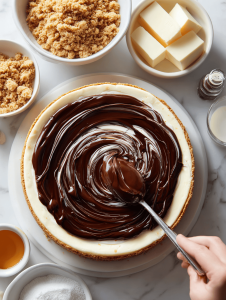
- Using a toothpick or skewer, drag lines from the center outward through the circles to create a web pattern. Be gentle to keep the web crisp and shiny.
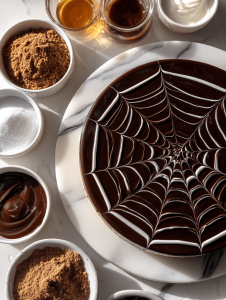
- Once the web pattern is complete and the chocolate has cooled, carefully remove the cheesecake from the springform pan. Slice and serve to enjoy the striking spiderweb design and creamy texture.
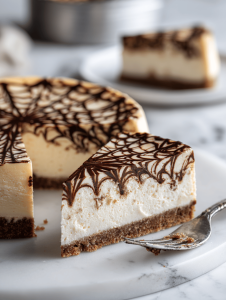
Notes

Hi, I’m Hannah Reynolds, the creator and heart behind Seasoning Therapist. Born and raised in the United States, I grew up in a family where the kitchen was always the coziest gathering spot.

